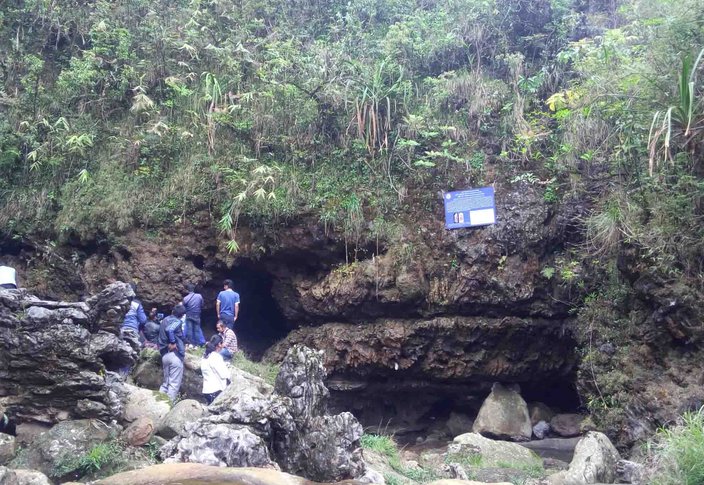Geological Survey of India installed Geological Display Boards at Mawmluh cave, Therriaghat in Meghalaya
The Geological Survey of India (GSI) North Eastern Region (NER) installed two geological display boards at two important geological sites in Meghalaya.
Highlights
- The boards are unveiled at Meghalaya’s two important geological sites namely Mawmluh cave and Therriaghat, Sobhar in East Khasi Hill District.
- These geological display boards with geo-scientific information will help in creating awareness among visiting tourists, students and general public.
- They will help preserve site and also help future generation will be aware of such geological developments.
Mawmluh Cave
- Their importance was highlighted recently when high resolution stable isotopic studies of stalagmites from cave showed that there was a major climatic event about 4200 years ago.
- The stalagmite in Mawmluh cave has been tagged as Global Stratotype Section and Point (GSSP). It makes it first formally ratified marker of a geological time period in India.
- The Meghalayan Age period began about 4200 years ago experienced an abrupt mega-drought and cooling around the world.
Therriaghat
- It marks Cretaceous (K)-Palaeogene (Pg) mass extinction event.
- The Um-Sohryngkew (Wahrew) river section at Therriaghat is known for having the most complete records of Cretaceous-Palaeogene (K-Pg) boundary transition in India. There is also a high level of iridium metal from the boundary which marks catastrophic event when a giant meteorite hit earth.
Month: Current Affairs - May, 2019


